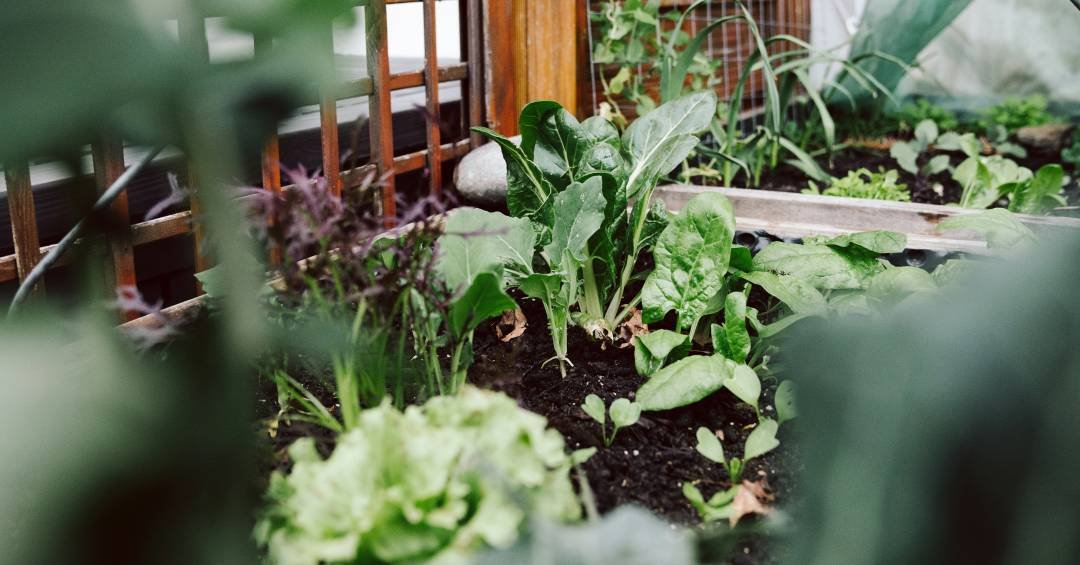Starting a Home Vegetable Garden: A Guide for Small Spaces
Having a home vegetable garden can greatly enhance your diet by providing fresh, pesticide-free produce. Not only does this promote a healthier and more flavorful diet, but growing your own food can also be an economical choice, benefiting your household budget. However, for those with limited space, starting a home garden may seem daunting. To assist budding gardeners, we’ve compiled an extensive guide featuring seven types of seeds that are particularly well-suited for small-space cultivation.
The Benefits of Home Gardening
Before diving into the specifics of what to plant, let’s explore the advantages of home gardening. Growing your own vegetables can lead to a more nutritious diet, as homegrown produce is often richer in vitamins and minerals than store-bought options. Additionally, gardening is a rewarding hobby that can provide a sense of accomplishment and relaxation. It’s also a great way to teach children about nature and healthy eating habits.
Economic Advantages
Establishing a vegetable garden can significantly reduce grocery bills over time. By growing your own food, you can save money while ensuring that you have access to fresh ingredients. Furthermore, the initial investment in seeds and supplies can be offset by the ongoing savings from not having to purchase those same vegetables at the store.
Perfect Seeds for Small Gardens
When space is limited, selecting the right seeds is crucial. Here are seven excellent options that thrive in confined areas:
Basil: The Culinary Herb
Basil is a popular herb known for its aromatic flavor, making it a staple in various dishes. It is rich in antioxidants and essential vitamins A, C, and K. Basil is relatively easy to grow, making it an ideal choice for beginners. It thrives in small pots, prefers sunny locations, and requires well-drained soil with moderate watering.
Lettuce: A Salad Staple
Lettuce is an essential ingredient for salads, sandwiches, and wraps. It is packed with fiber and vitamins A, C, and K. Lettuce can be grown in containers that are about 80 cm deep, requiring nutrient-rich soil and regular watering. This leafy green thrives in cooler climates, making it a versatile option for small gardens.
Cilantro: A Flavorful Addition
Cilantro is cherished for its distinctive flavor and is frequently used in various cuisines around the world. It contains vitamins A, C, and K, along with antioxidant properties. Cilantro can grow in containers that are 80 cm deep, requires sunny conditions, and benefits from well-drained soil with consistent moisture.
Spinach: The Nutrient Powerhouse
Spinach is known for its impressive nutrient profile, packed with iron, calcium, and vitamins A, C, and K. It is incredibly versatile and can be used in salads, smoothies, and cooked dishes. Spinach grows well in containers of 80 cm or larger, prefers cooler climates, and requires nutrient-rich soil and regular watering.
Bell Peppers: Colorful and Nutritious
Bell peppers are not only vibrant additions to your garden, but they are also loaded with vitamins A, C, and E, as well as antioxidants. Available in various colors, including green, red, and yellow, bell peppers are versatile in the kitchen. They thrive in sunny spots and well-drained soil, requiring moderate watering. Containers of 18 liters or larger are suitable for growing bell peppers.
Chili Peppers: A Spicy Delight
Chili peppers are a common ingredient in many dishes, adding heat and flavor. They can be cultivated in containers around 18 liters in size. Like bell peppers, chili peppers need plenty of sunlight, well-drained soil, and moderate watering.
Cherry Tomatoes: Sweet and Juicy
Cherry tomatoes are a favorite among gardeners and chefs alike, known for their sweet flavor and juicy texture. They are rich in vitamins A, C, K, and antioxidants. Cherry tomatoes grow quickly and adapt well to containers of 18 liters or window boxes, making them a great choice for small spaces.
Tips for Cultivating in Limited Spaces
Creating a thriving garden in a small area requires thoughtful planning and care. Here are some practical tips to maximize your gardening success:
Optimal Placement
Identifying the right location for your garden is essential. Look for an area that receives at least four hours of sunlight daily. This ensures your plants have the energy they need for growth.
Soil Preparation
Using nutrient-rich soil is critical for plant health. Consider enhancing your soil with organic materials like eggshells, coffee grounds, and fruit peels, which provide essential nutrients.
Choosing Containers
While containers of approximately 18 liters are effective for many plants, you can also get creative by recycling items like plastic bottles or glass jars. Just ensure that any container you use has drainage holes to prevent waterlogging.
Care and Maintenance
Regular watering is vital, but be careful not to overwater. Pay attention to your plants and prune them as necessary. Keeping an eye out for pests will also help maintain a healthy garden.
Conclusion
Starting a home vegetable garden in a small space is achievable with the right approach. By selecting suitable seeds and following best practices for care and maintenance, you can enjoy the benefits of fresh produce right from your home. Growing your own vegetables not only enhances your diet but also enriches your life with the joy of gardening. So gather your seeds, choose your containers, and let your gardening adventure begin!

